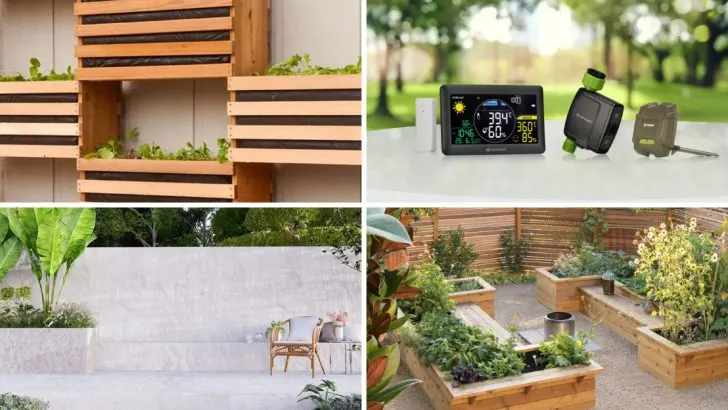In the fast-paced world we live in, simplicity and tranquility have become essential in our outdoor spaces. As we enter 2025, minimalist garden design continues to gain momentum, offering a serene escape from the noise and clutter of everyday life. This year, gardeners are embracing clean lines, natural materials, and a focus on function over excess.
Minimalist gardens are all about creating peaceful, stylish environments with less—allowing nature to shine through. Whether you’re working with a small balcony or a spacious backyard, these 12 minimalist garden design trends will inspire you to curate a calming retreat that’s both beautiful and easy to maintain. Let’s explore the key elements shaping the minimalist gardens of 2025!
Biophilic Elements
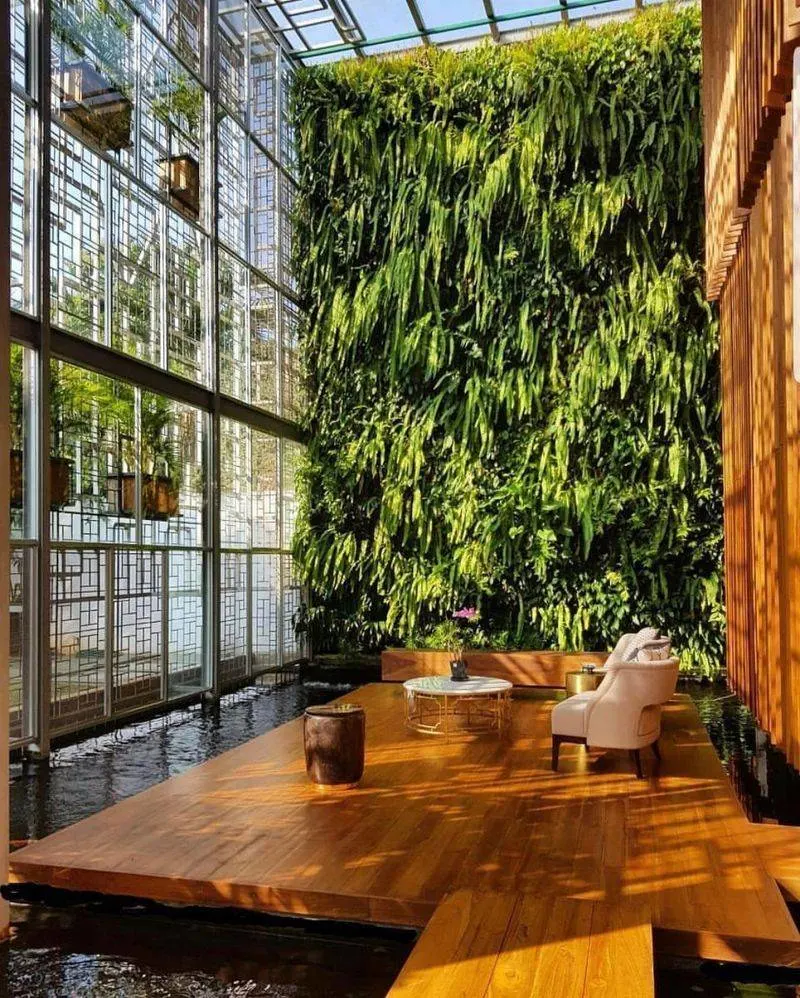
Bringing nature inside the home seamlessly connects indoor and outdoor spaces. This trend highlights biophilic design elements that incorporate natural surroundings into living areas. Imagine vertical garden walls adorned with lush greenery, natural stones that echo the earth’s textures, and subtle water features that provide a calming soundtrack. These elements create a tranquil environment where one can escape the hustle and bustle of modern life. With a focus on sustainability and harmony, biophilic designs promote well-being and environmental connection, transforming ordinary spaces into extraordinary sanctuaries.
Smart Irrigation Systems
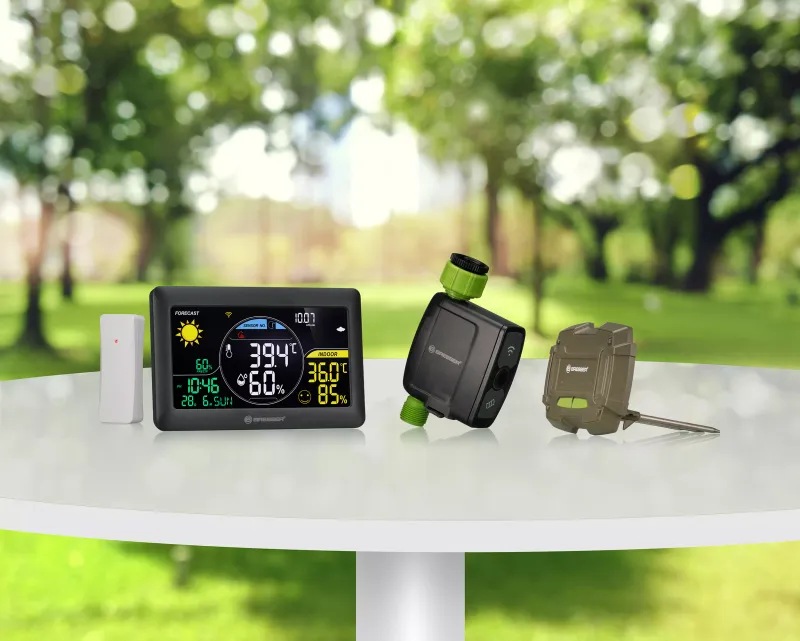
Efficient water use is a hallmark of minimalist gardens, and smart irrigation systems offer an elegant solution. These systems utilize cutting-edge technology, such as soil moisture sensors, weather data integration, and drip irrigation, to deliver water precisely where needed. This conscious approach not only conserves water but also nurtures plants optimally. Imagine a garden that takes care of itself, monitored through your smartphone, providing you with peace of mind and more time to enjoy your outdoor sanctuary. Smart irrigation reflects a perfect blend of technology and nature, redefining garden care.
Monochromatic Color Schemes

Monochromatic gardens focus on a single color palette, creating a cohesive and harmonious look. Various shades of green, for example, can be combined with different textures to add depth and interest. This trend emphasizes simplicity and tranquility, allowing the garden’s natural beauty to shine without the distraction of multiple colors. By carefully selecting plants and materials, you can create a serene space that feels both modern and timeless. Monochromatic schemes prove that less can indeed be more, offering a sophisticated approach to garden design.
Edible Landscapes
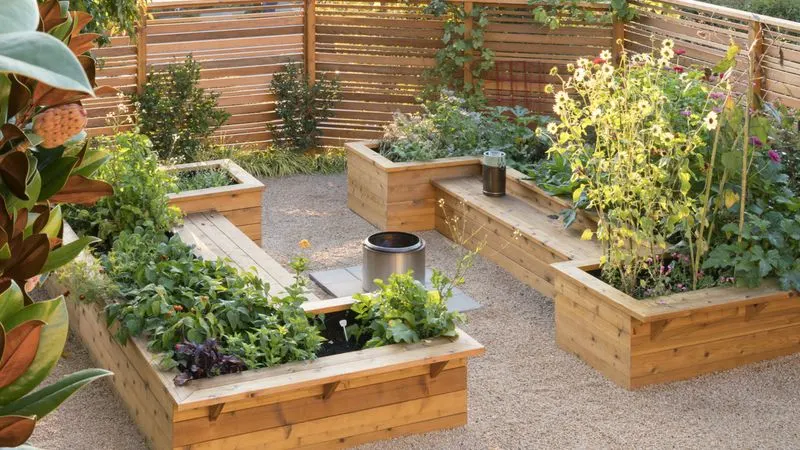
Edible landscapes combine functionality with aesthetics, turning gardens into productive yet beautiful spaces. Imagine raised beds filled with vibrant vegetables, aromatic herbs, and fruit trees that offer both visual appeal and fresh produce. This trend embraces sustainability and self-sufficiency, encouraging gardeners to make the most of their outdoor spaces. By integrating edible plants into a minimalist design, you can enjoy the dual benefits of beauty and bounty, creating a garden that nourishes both the body and soul.
Minimalist Zen Gardens
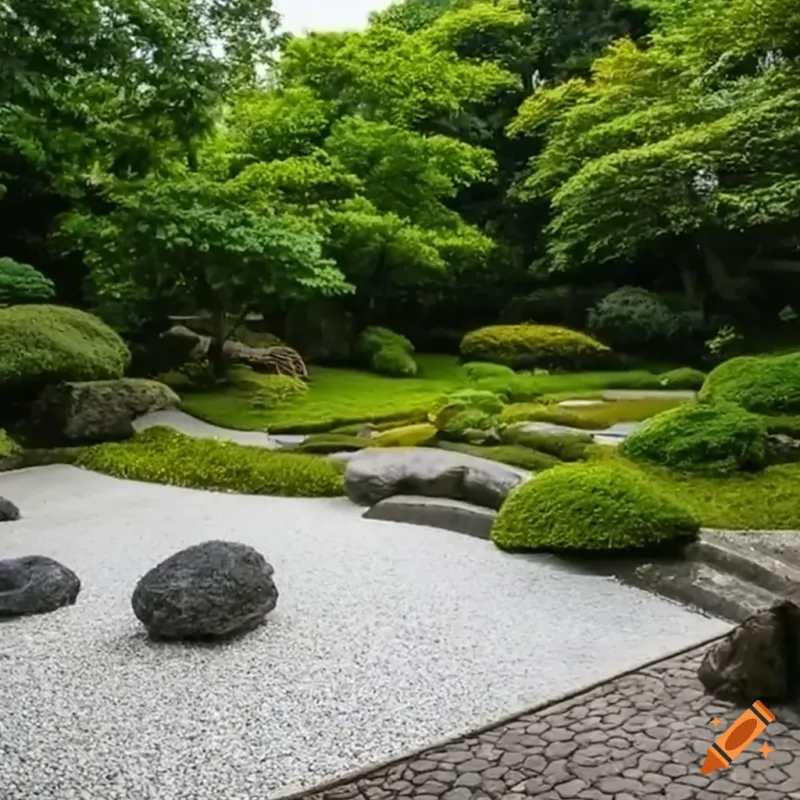
Zen gardens epitomize simplicity and tranquility, capturing the essence of minimalist design. With raked gravel that symbolizes water, carefully placed rocks, and sparse bamboo or moss, these gardens offer a meditative retreat. The minimalist approach emphasizes the natural flow of elements and the beauty of empty space, inviting reflection and relaxation. By incorporating Zen principles, you can transform your garden into a peaceful haven that encourages mindfulness and serenity, a perfect antidote to the fast-paced demands of daily life.
Vertical Gardens
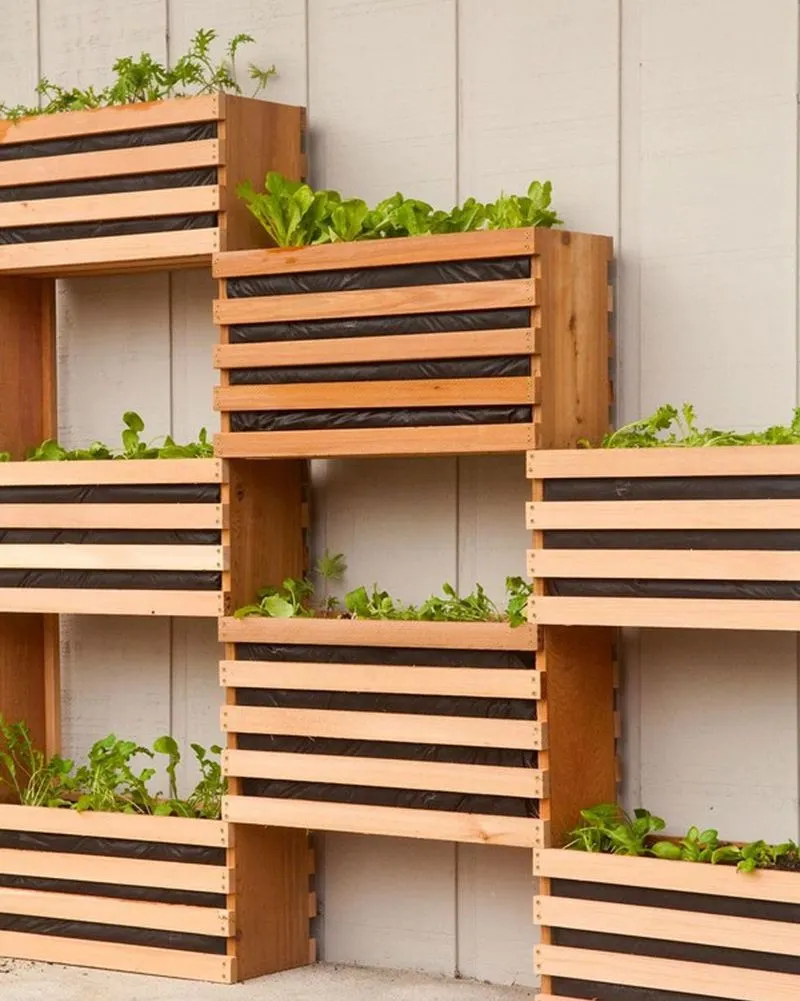
Vertical gardens make the most of limited space, offering a unique and striking way to incorporate greenery. By utilizing walls, fences, and other vertical structures, these gardens bring life to urban environments. Imagine a living wall teeming with diverse plant species, arranged in an artistic pattern that adds both beauty and functionality. Vertical gardens provide insulation, improve air quality, and create visual interest without occupying valuable ground space. This trend exemplifies the innovative spirit of minimalist gardening, transforming ordinary walls into extraordinary living displays.
Naturalistic Planting
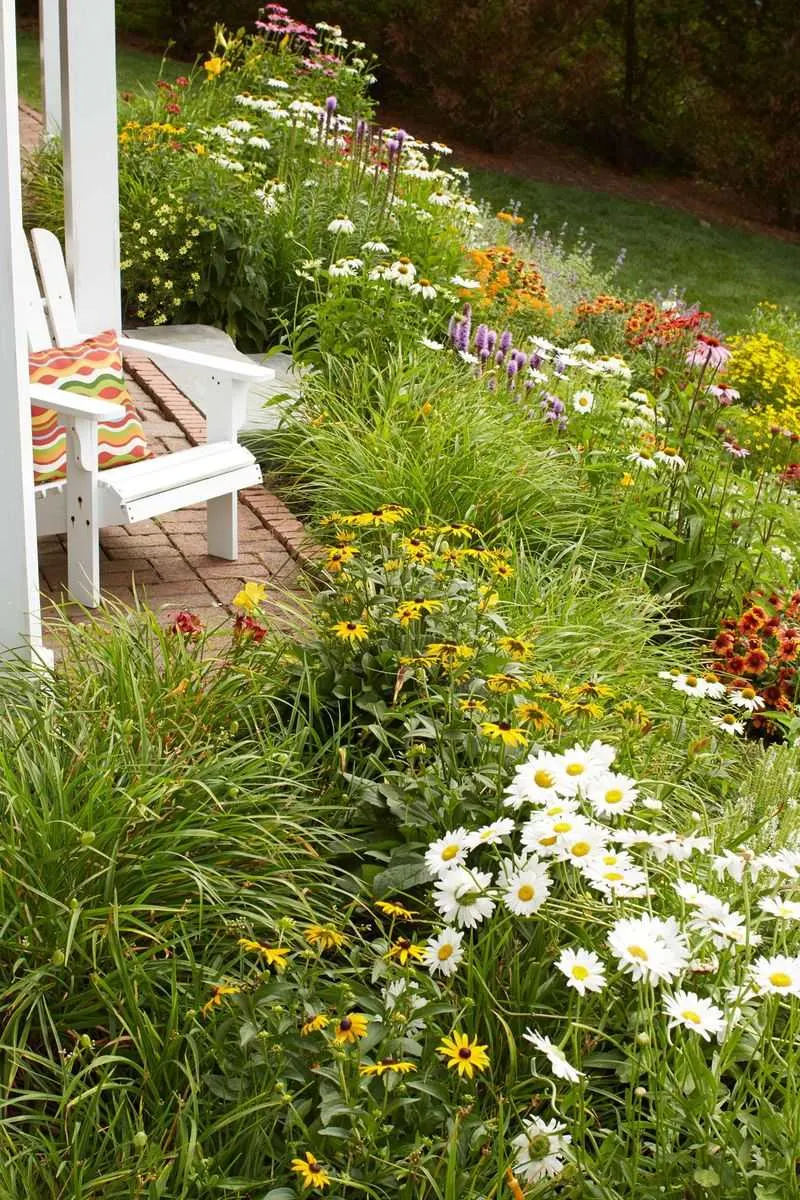
Naturalistic planting embraces the beauty of the wild, using native plants and wildflowers to create an informal and flowing layout. This approach fosters biodiversity and supports local ecosystems while maintaining a minimalist aesthetic. Picture a garden that feels effortless and spontaneous, yet carefully curated to enhance natural harmony. By choosing plants that thrive naturally in your region, you create a resilient and low-maintenance space. Naturalistic planting aligns with the principles of minimalism, offering both ecological benefits and visual delight.
Geometric Designs
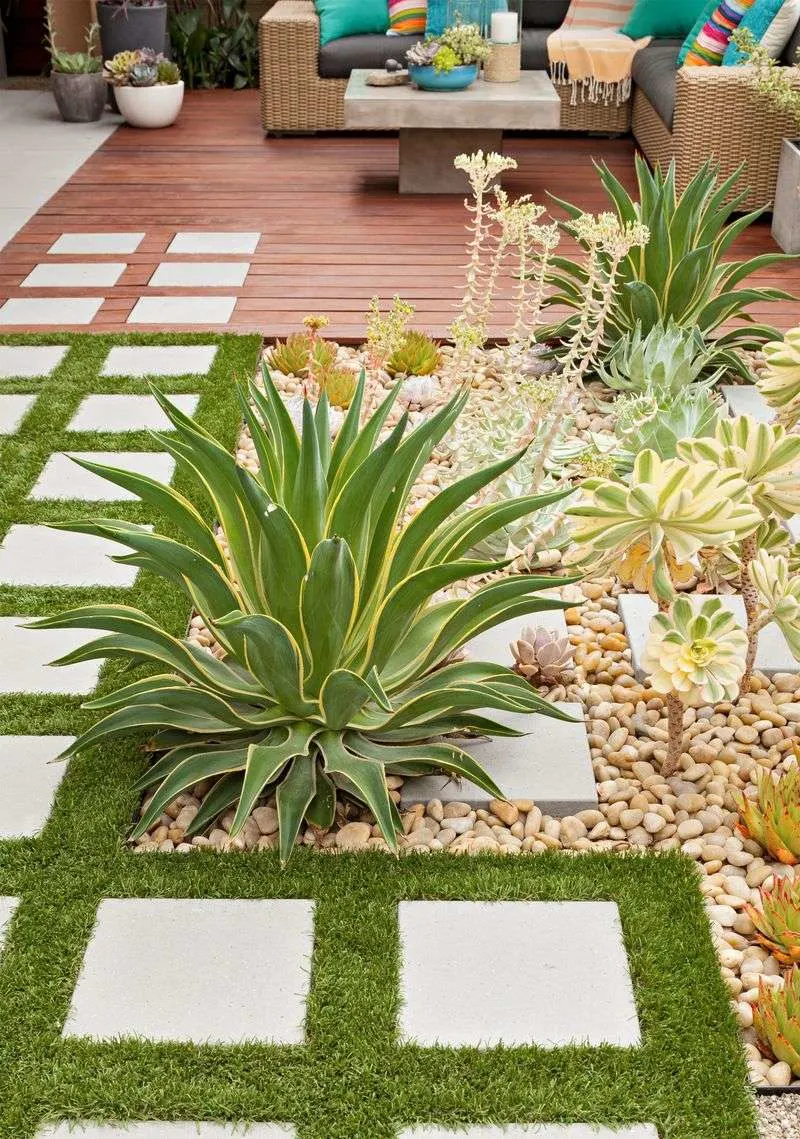
Geometric designs in minimalist gardens focus on clean lines and structured forms. Straight pathways, cubic planters, and symmetrically pruned shrubs create a sense of order and precision. This trend highlights the beauty of simple shapes and their ability to transform spaces with minimalistic elegance. By incorporating geometric elements, you craft a garden that’s both timeless and contemporary. The structured aesthetics offer a fresh perspective, proving that simplicity can indeed offer sophistication and appeal, providing an inviting and organized outdoor space.
Sustainable Materials
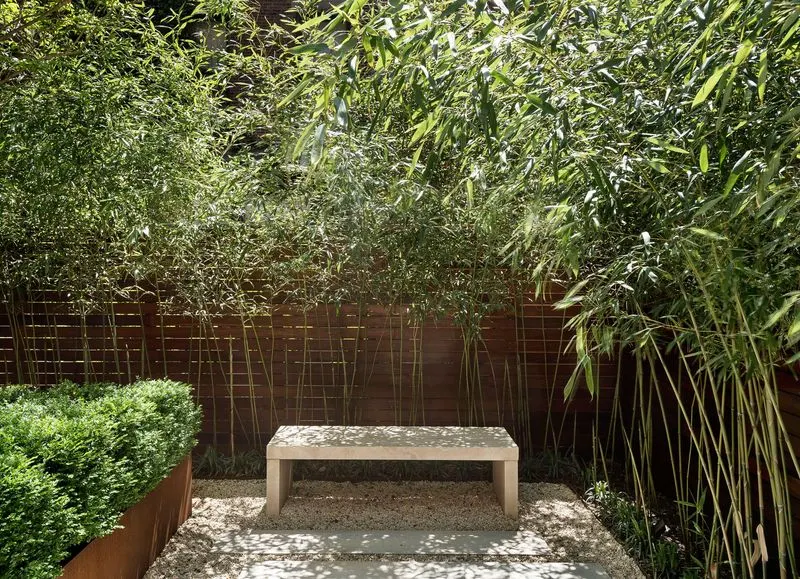
Sustainable materials are at the forefront of minimalist garden design, reflecting a commitment to environmental stewardship. Reclaimed wood, recycled metal, and eco-friendly stone are among the materials gaining popularity for their aesthetic appeal and reduced environmental impact. By choosing sustainable options, you create gardens that are both beautiful and responsible. These materials offer a timeless look that complements the minimalist ethos, ensuring that your outdoor space is as kind to the planet as it is pleasing to the eye. It’s a trend that aligns style with sustainability.
Minimalist Water Features
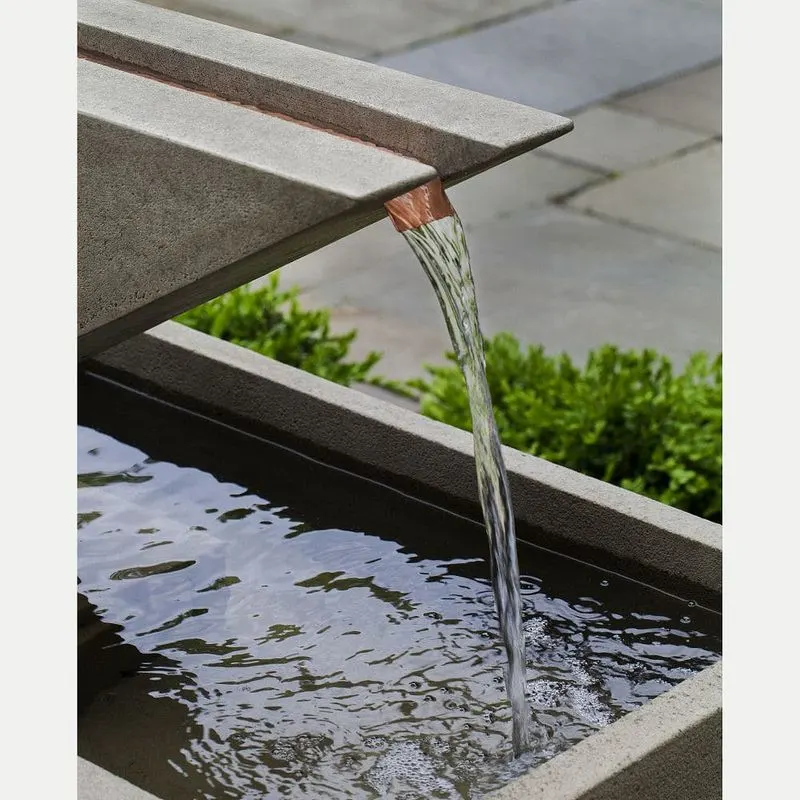
Water features bring a sense of calm and fluidity to minimalist gardens. Sleek designs such as narrow reflecting pools or modern fountains add a touch of elegance without overwhelming the space. These features can be both visually stunning and soothing, offering a focal point that invites relaxation and contemplation. Integrating water elements into a minimalist garden enhances the sensory experience, creating a serene environment that resonates with the principles of simplicity and tranquility. It’s a trend that adds depth and dimension to outdoor spaces.
Low-Maintenance Lawns
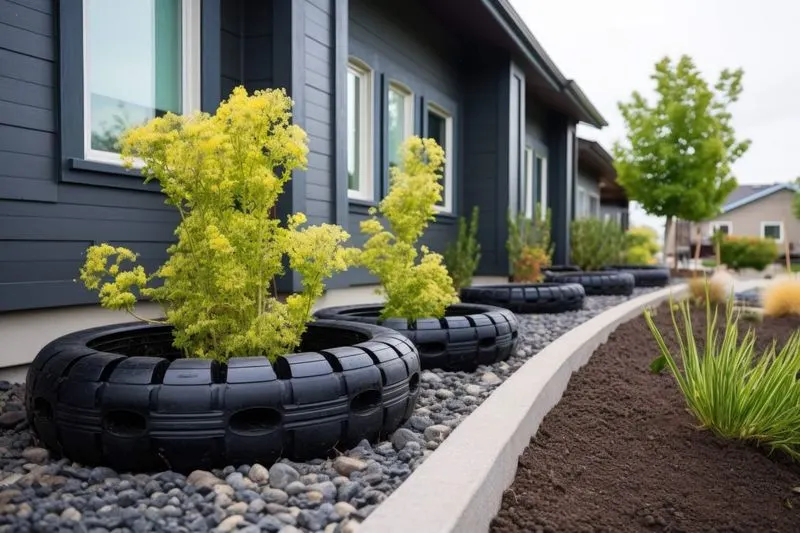
Low-maintenance lawns are redefining traditional gardening by focusing on sustainability and ease of care. Drought-tolerant grasses and native ground covers offer a practical and eco-friendly alternative to conventional lawns. These innovative choices reduce water usage and maintenance efforts without sacrificing aesthetics. Imagine a lush, green space that thrives with minimal intervention, allowing more time to enjoy the garden rather than tending to it. This trend reflects a shift towards more thoughtful and responsible gardening practices, aligning with the minimalist pursuit of simplicity and efficiency.
Outdoor Living Spaces
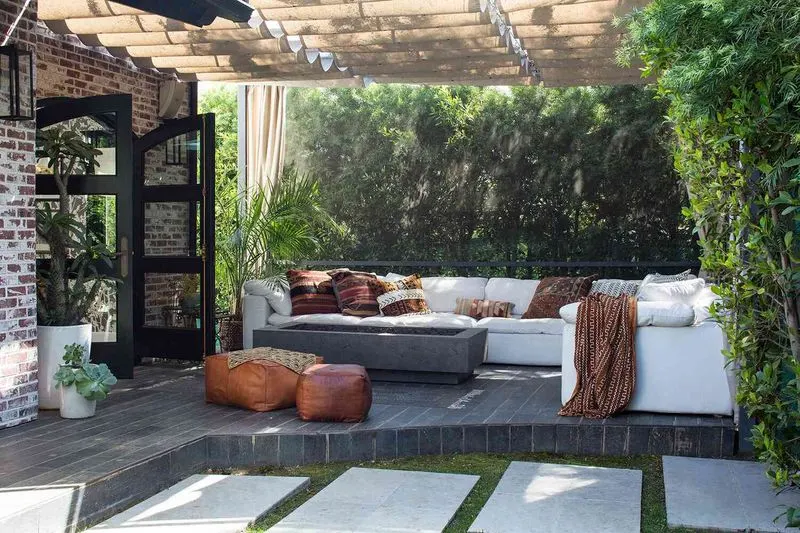
Outdoor living spaces extend the home into the garden, offering areas for relaxation and entertainment. Minimalist designs feature simple furniture, ambient lighting, and perhaps a cozy fire pit to create a welcoming atmosphere. These spaces invite you to unwind and connect with nature, blending comfort with simplicity. By integrating functional and stylish elements, outdoor living areas enhance the enjoyment of your garden, making it a true extension of your living space. It’s a trend that resonates with the minimalist desire for harmony and balance in everyday life.

